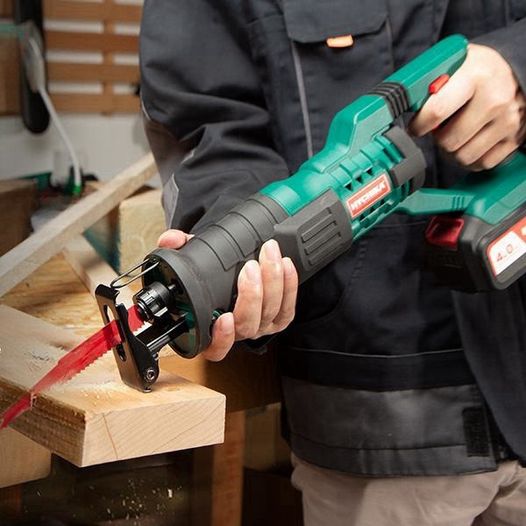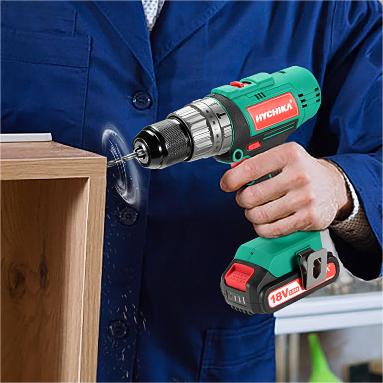General Information
Gauge Accuracy: 0~150 PSL ± 4PSL
Test Procedure: New Product Qualification Procedure No.83.
Nameplate Voltage:18.0V DC
Test Load pressure:35 PSL
Noise Level: 100 db MAX.
Product Test Specifications
I,PERFORMANCEI.A.1 COMPRESSOR FUNCTION:Maximum Pressure 150+20%/-10%PSL
INFLATOR FUNCTION:Minimum 9.0 CFM(Note:CFM test performed by RTI Anderson)
I.A.2 Power Input - For information only
I.A.3 Temperatures:Three samples shall be tested at 35 PSL test load for two (2) fully charged packs.Temperatures shall be recorded in the areas specified by the NPQ.
Motor Enclosure Outside*: 50℃Max.
(*should be measured from middle of motor down to fan side)
Motor Bearings: 120℃Max.
Other bearings: 93℃Max.
Motor Case*: 80℃Max.
I.PERFORMANCE(cont.)
Battery Pack: 70℃ Max Discharge / 40℃Max Charge
Surfaces normally contacted by a user: per UL 1450
I.A.4. Motor only motor performance - For information Only
I.B.Batteries
I.B.1. Time to no-load discharge - For information only
I.B.2. NiCad Batteries - For information Only
I.C. Battery Chargers
I.C.1.Fast Chargers - must not malfunction during qualification procedure.
I.C.2. Direct wall Chargers - N/A
I.C.3. DC Car Chargers-must not malfunction during qualification procedure.
I.C.4. Charger Line Surge Test - must remain safe and function as a result of the line surge test.
I.C.5. Electrostatic Discharge Test (ESD) - must remain safe and functional as a result of the electrostatic discharge test.
I.D. Practical Performance
Each sample will be tested to record the time and quantity of charges for full inflation, or the number of objects inflated per charge.
Note: Each sample should be allowed to cool ten (10) minutes for each ten (10) minutes of use.
For COMPRESSOR Function:
·Inflate 27"x1-¼" bicycle tire to 90 PSL, minimum 15 pieces per battery charge.
·Inflate 29.5"-30.5" circumference basketball to 25 PSL, minimum 12 pieces per battery
Charge.
·Inflate P225/75R15 auto tire to 32 PSL, in 12 minutes or less, minimum 1 pieces per battery charge.
·Inflate 2.75"x 18" motorcycle tire to 30 PSL, minimum 18 pieces per battery charge.
·Inflate 20”x10"x8" garden tractor tire to 10 PSL, minimum 6 pieces per battery charge.
For INFLATOR Function:
·Inflate queen size mattress (80"x60"x8-3/4") to 2 PSL (or to full 8-3/4" thickness overall) 4 times per battery char.
I.PERFORMANCE (cont.)
1.E.1.Switch/switch assembly-
·Pre-travel -For information only
·Force to actuate switch - For information only
·Force to hold switch in full on - For information only
·Force to override switch lock-off- N/A
I.E.2. Switch Endurance-Each sample must achieve a minimum of 50,000 cycles without failure.
II.PRODUCT LIFE
II.A.1 Battery Life - 150 charge/discharge cycles without malfunctioning and maintain 80% of rated capacity.
II.B.1 Charger Life -Minimum of 150 cycles without malfunctioning.
II.C.1 Product Fixture Life - Each sample must achieve a minimum life of 15 hours with a MTTF of 30 hours while loaded at 35PSl head pressure. Load 2 min "on" followed by 2 min "off".
ll.D. Use Test - Each sample tested must meet a minimum of 25 charges and discharges w/out malfunctioning. Note: Each sample should be allowed to cool ten (10) minutes for each ten (10)minutes of use.
II.E. Use Test Log - For Information Only
II.F. Abuse Test - Unit should be set to maximum pressure and energized as specified in NPQ 83. Each sample must remain safe and functional as a result of the abuse test.
II.G. After completion of the above tests, each sample is to be fully disassembled and examined. The results of the examination are to be documented and must include all observations of both major and minor importance.
III, PRODUCT SAFETY
III.A Throughout the entire test program each sample will be evaluated for guarding, pinch points.thrown objects, sharp edges, noise, vibration, operator control and general safety. Record all observations as part of the test records.
III.B. Hi-Pot Test - Each sample must withstand the specified voltage for 1 minute without breakdown.
III.PRODUCT SAFETY (Cont' d)
II.C Each sample must meet regulatory requirements after drop testing.
IV.SPECIAL TESTS
IV.A.Bench Drop Test (Tool and Battery) - Each sample must be fully functional with no visual defects after completion of test.
IV.B.1 Drop Test (Tool and Battery) - Drop samples per NPQ at ambient temperature. Electrical safety, functionality, and structural integrity must be maintained after each drop. Seam gaps in excess of 0.063-inch and excessive deformations are not allowed.
IV.B.2 Cold Drop Test (Tool and Battery) - Drop sample one (1) time from 2 feet immediately upon removal from freezer after 24 hour exposure to -32degC. Electrical safety, functionality, and structural integrity must be maintained after each drop. Seam gaps in excess of 0.063-inch and excessive deformations are not allowed, LCD must re-illuminate after the unit warms back up to ambient temperature.
IV.C. Drop Test (chargers) - Electrical safety, functionality, and structural integrity must be maintained after each drop. Seam gaps in excess of 0.063-inch and excessive deformations are not allowed.
IV.D. Exposure to elevated temperature - Each sample must be fully functional with no visual defects after completion of the test.
IV.E. On-tool accessory storage test - no malfunctions allowed of tool storage as a result of testing.
IV.F.1. Tool Cases - N/A
IV.F.2. Tool Case Hinges - N/A
IV.G. Mechanical Actuators - There must be no malfunction of the actuators as a result of the test.
IV.H. Lanyard Qualification-N/A
IV.l. Controls-when tested per test procedure in NPQ xx:
1. Lock-on feature must remain engaged for the duration of the test.
2. Each sample must achieve a minimum of 500 cycles.
3. Each sample must achieve a minimum of 500 cycles.
4. Each sample must achieve a minimum of 500 cycles.
IV.SPECIAI TESTS(Cont´d)
IV.J. Hose Pull Test - Both high pressure & low pressure hose on each sample must be able to withstand the pull force of 10 lbs. for one (f) minute at ambient temperature. Each sample must be fully functional with no air leaks after completion of the test (1 cycle).
IV.K.Hose Flexibility Test - On each sample, for both high pressure & low pressure hoses, double the hose back upon itself at a distance of 75mm to 100 mm from the attachment point to the tool and hold for one (1) minute at temperature specified in NPQ. Each sample must be fully functional with no air leaks after completion of the test (1 cycle).
IV.L. LCD Performance - The L'CD must remain functional throughout all phases of testing. During cold drop testing, the display is allowed to fade out as long as it redisplays when ambient temperature is reached.
V.Packaging
Each package must meet the requirements of the ISTA-2A as a result of the impacts.
Note: These tests are conducted to obtain insight into safety, quality, and durability of the product.These tests will gather valuable information that helps fulfill acceptance requirements. Any failure on these tests must be evaluated by the product team to determine the necessary corrective action.



